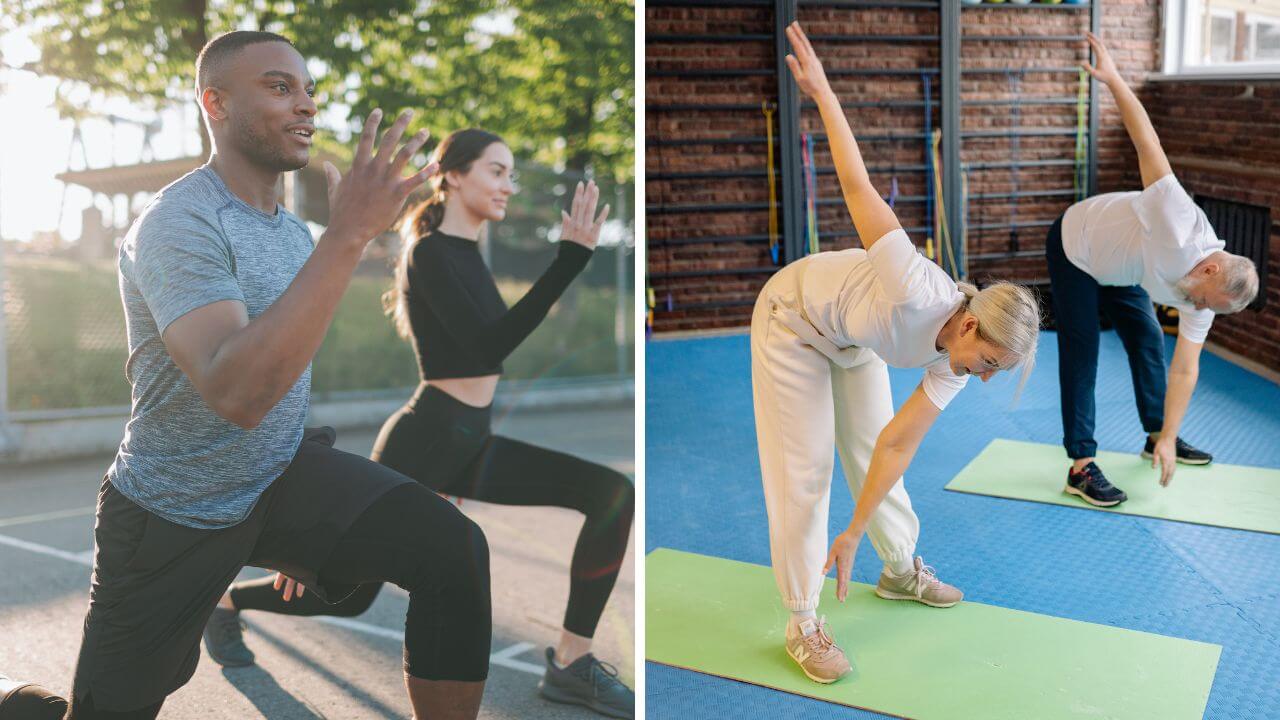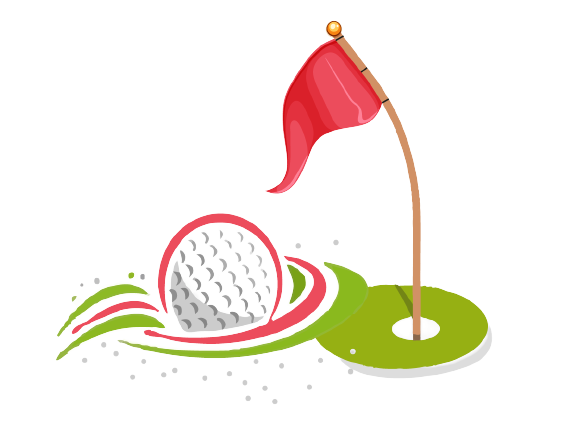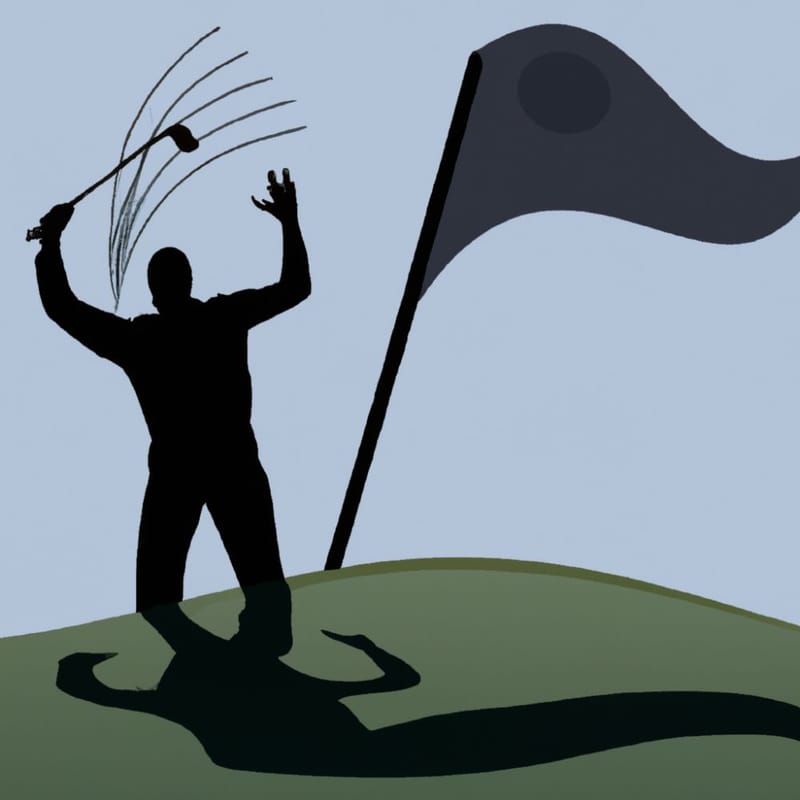Content Summary
Best Golf Swing Tips for Seniors
Golf is an amazing hobby for people of all ages, but especially for seniors. It helps to keep them active and engaged in a fun activity that also has physical benefits. Seniors who I play golf with always seem to be in much better spirits and more excited about life.
However, as we age, our bodies go through changes which affect our golf game. We may not be able to swing as hard or far, and our balance may not be what it used to be.
But fear not! Here are some of the best golf swing tips for seniors that can help you maintain or improve your game. Firstly, try using a three-quarter golf swing. This is an excellent technique for seniors because it requires less effort and puts less pressure on the back muscles while still generating enough power to hit the ball well.
A three-quarter golf swing for seniors means that instead of taking a full backswing, you only take your club back 75% of what you normally would. This allows you to maintain good control over your shot and reduces the risk of injury. Secondly, work on improving your core strength and leg muscles.
These areas are crucial for maintaining balance during your swing which is important when it comes to making consistent shots on the course. Simple exercises such as squats and lunges can help strengthen these areas over time so that you can play better golf without worrying about losing your balance or getting tired too quickly.
By incorporating these tips into your game, you will be well on your way to improving your golf skills as a senior player while also reaping the benefits that this sport brings like making new friends and having fun outdoors. Also, make sure to maintain your hydration. Lack of hydration can sap your energy!
Another key area to focus on when improving your golf game as a more mature golfer is leg muscles. Golfers need strong legs to maintain balance and generate power in their swing. Leg exercises such as squats or lunges can be incorporated into your daily routine to strengthen these muscles.
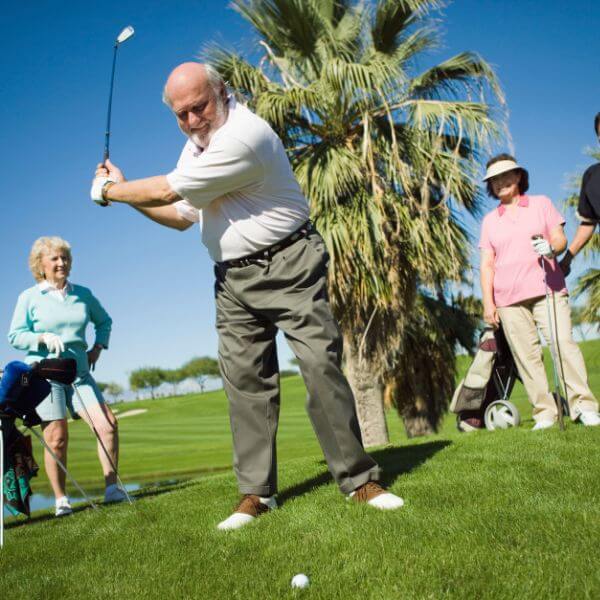
Stretching before playing is also essential in keeping these sections limber and preventing injury. Practicing your short game is always crucial in improving any golfer's overall performance, especially among seniors who may not have the same range they used to have during their youth.
Instead of focusing solely on driving long distances, consider practicing chipping and putting on a regular basis too. Incorporating these simple tips into your routine will help you improve your golf game significantly while also benefiting your physical health in other areas too!
Additionally, by regularly playing golf with other seniors at the local course provides an opportunity for socializing, making new friends while still pursuing a sense of purpose through activity that promotes wellness for both body and mind alike!
Surprising Benefits of Playing Golf for Elderly People
Playing golf as an elderly person has numerous benefits beyond the simple joy of being out on the course. Firstly, it can be a great way to meet new friends and socialize.
Golf courses often have clubhouses or other gathering areas where people can chat and relax before or after a golf game, making it an ideal hobby for those looking to connect with others in their community.
It's a fantastic way to maintain or build social connections, especially for seniors who may otherwise be isolated. Additionally, golf is an excellent form of exercise that can help keep elderly players physically fit.
Playing 18 holes requires lots of walking, which is excellent for building leg muscles and overall cardiovascular health. Moreover, swinging a golf club requires considerable core strength and flexibility, helping players maintain their balance and posture while also toning their muscles.
These physical benefits can help seniors stay active and healthy well into their golden years, providing them with a sense of purpose both on and off the course.

Making New Friends
As we grow older, it can become harder to make new friends and maintain social connections. However, playing golf is a great way to meet new people and build lasting friendships.
It's a hobby that brings people together, regardless of age or skill level. One of the many benefits of playing golf for seniors is the opportunity to connect with others who share your interests.
Whether you're playing in a league or just hitting the course on your own, you're bound to run into other golf enthusiasts. The shared passion for golf can be a great conversation starter and an easy way to break the ice.
Additionally, many golf clubs offer social events and activities for members, which creates even more opportunities to make new friends. Playing golf also promotes physical activity, which can be especially beneficial for elderly individuals.
Golf requires walking long distances while carrying clubs or pushing a cart, which helps build leg muscles and improve core strength. This not only enhances overall fitness but also promotes independence in daily life activities by keeping one's body in good shape. When you feel physically healthy and strong, it's easier to engage socially with others as well!
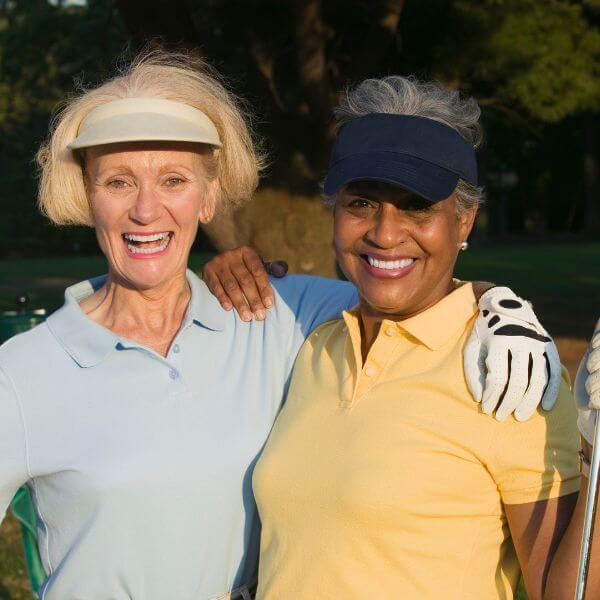
Three Quarter Golf Swing
As golfers get older, they may find it more challenging to swing with the same speed and power as they did when they were younger. One technique that can help is the three quarter golf swing.
It involves taking a shorter backswing and following through with a shorter follow-through, resulting in a more controlled swing that doesn't require as much physical effort.
The three quarter golf swing has several benefits for elderly golfers. By shortening the swing, you reduce the risk of injury or strain on your muscles, particularly in your arms and shoulders.
Additionally, the shorter swing can help you maintain your balance throughout the shot. It also requires less core strength than a full-swing shot, making it an ideal technique for those who struggle with maintaining their balance or who are recovering from an injury.
To execute the three quarter golf swing properly, start by taking your club back only three-quarters of the way instead of completing a full backswing. On your downswing, focus on striking down on the ball with purpose while maintaining good posture and balance throughout your swing.
This will help you transfer weight across your legs correctly to fully use leg muscles for stability and control during impact. If you're an elderly golfer looking to improve your game while reducing strain or injuries on your body, consider incorporating the three quarter golf swing into your hobby routine.
You'll likely notice some improvement in both distance and accuracy without sacrificing control or risking injury to yourself. Plus, by improving this particular aspect of your game you might also make new friends among other senior players who use this same technique!
Golf Stance
When it comes to golf for seniors, having a proper stance is crucial to hitting the ball accurately and consistently. The stance should be balanced, comfortable, and relaxed. Here are a few tips on finding the perfect golf stance.
Firstly, find the correct distance between your feet. The ideal width of your stance will vary depending on your height, but a good rule of thumb is to make sure that your feet are shoulder-width apart.
This will provide stability and allow you to maintain balance throughout your swing. Next, consider the positioning of your legs. Your knees should be slightly bent but not so much that they collapse inward during the swing.
This will help you generate power from your leg muscles while maintaining control over the clubhead. Focus on the placement of your feet in relation to the ball. For most golfers, positioning their front foot slightly ahead of their back foot helps them establish a natural hip turn during their swing sequence.
This also allows them to shift their weight onto their back foot during their backswing and then transfer it forward onto their front foot as they come through impact with the ball.
Overall, having a good golf stance can help improve your accuracy and consistency on the course while also providing benefits such as increased core strength and socialization with friends who share this hobby or purpose with you.
Golf Exercise
Although golf is often viewed as a leisurely activity, it still requires physical effort. Exercises that help to strengthen the leg muscles and core can greatly improve a senior golfer's game.
Here are some golf exercises specifically tailored for seniors:
First, let's talk about leg strength. One of the most important aspects of golf is maintaining balance throughout the swing. This requires strong legs and good stability.
To improve leg strength, try some simple exercises in your home or at the gym. Squats and lunges are great options that can be modified to suit your fitness level. Start with bodyweight squats and lunges and gradually add weight as you feel comfortable.
Another great exercise for seniors is standing on one foot for an extended period of time. This helps with balance and stability on the course. Next, let's talk about core strength.
A strong core is essential for maintaining proper posture throughout the swing, which can greatly impact the accuracy of your shots. Some simple exercises to improve core strength include planks, bridges, and sit-ups or crunches (if approved by your doctor).
It's important to start with low reps and work your way up gradually to avoid injury. Incorporating these exercises into your routine can not only improve your golf game but also provide numerous health benefits such as improved balance, flexibility and overall fitness levels for elderly people who play golf regularly as a hobby or even professionally.
And who knows? You might even make some new friends at the gym or on the course!
Golf for Seniors - Frequently Asked Questions
1. What are some tips for senior golfers to improve their swing?
The best golf tips for senior golfers are to focus on their wrist and incorporate stretching and rotation exercises in their routine.
Golfers can also lean on their back leg and keep their left foot pointing straight ahead for better balance. By incorporating these tips, senior golfers can gain extra distance and improve their swing speed.
2. Is golf a good way for seniors to stay in shape?
Yes, golf is a great way for seniors to stay in shape. It allows for low-impact exercise in a beautiful outdoor setting.
Golfing helps build core strength, improve flexibility, and increase stamina. It is also a great way to stay social and active in retirement.
3. What are some fundamental tips for seniors who want to play golf?
Some fundamental tips for seniors who want to play golf include practicing good posture, maintaining a relaxed grip on the club, and keeping a steady posture throughout the swing.
Additionally, it's important to focus on hitting the ball with the center of the clubface for maximum accuracy.
4. How can seniors improve their short game?
Seniors can improve their short game by practicing their chip and wedge shots. They can also work on their ball striking by focusing on striking down on the ball and maintaining a good stance. In addition, working on their putting skills is also important to improve their overall score.
5. What are some tips for senior golfers to help improve their balance and weight shift?
Seniors can improve their balance and weight shift by incorporating exercises that help build core strength and improve flexibility. They can also practice their stance and weight shift during their swing.
By maintaining a steady posture throughout the swing and following through with their weight shift, senior golfers can improve their balance and accuracy on the course.
6. Is it normal for golfers to experience a slower swing as they get older?
Yes, it is normal for many golfers to experience a slower swing as they get older. However, by focusing on their technique and incorporating stretching and rotation exercises, senior golfers can maintain their swing speed and accuracy on the course.
7. What are some golf tips for senior golfers to help them improve their score?
1. Practice putting: Focus on your putting skills, especially being accurate at shorter distances. Practice at least a few minutes each day to master your putting.
2. Equip with golf clubs: Fitting clubs can help improve consistency, which is important for golfers of any age.
3. Warm-up: Stretch beforehand to help improve flexibility and prevent injuries. This will help ensure that you're your body is ready for the rigours of golf.
4. Hit the Fairway: Focus on hitting your drives straight down the middle as opposed to trying to hit them as far as possible. This strategy will help reduce mistakes and keep the ball in the fairway.
5. Track your play: Keep a scorecard on each round to determine what areas of your game, you need to work on.
6. Short game focus: Spend more time working on your chipping, pitching, and putting. These aspects of the game bring rewards quickly.
7. Play tees that suit you: Take a tee box that allows you to play shorter, more comfortable shots, as this will increase your accuracy.
8. Take lessons: Work with a golf instructor to help you improve your swing, posture and other technical aspects of your game.
Conclusion
In recent years, many senior golfers have sought ways to improve their game, despite the inevitable physical limitations that come with age.
One of the best tips for senior golfers is keeping in mind that golf is not just about the yard, but also about the iron and the green. It's essential to maintain good alignment and avoid the sway that can hinder your clubhead speed.
Even if you're in your 80’s, don't feel as though you can't achieve better results. With the right coach, who has years of experience, and the right tips, you can keep your handicap low and your spirits high. The PGA has even commissioned studies that show golf is good for your body, no matter your age.
One way we're trying to help older players is by offering tips on how to lift and swing the club properly. This can greatly help senior golfers who may not be in great shape but still have the passion for the game. And remember, you've got over 30 years of experience on your side.
Lastly, consider working with an affiliate of a golf club or hiring a coach. They can provide personalized tips and strategies, tailored to your strengths and weaknesses. So, don't want to give up on the game you love. Keep swinging, keep improving, and keep enjoying the game of golf.
Golf is one of the best hobbies for elderly people. It provides a sense of purpose and accomplishment, as well as numerous physical and social benefits. Golf is an excellent way to maintain good health, especially in terms of leg muscles and core strength.
Moreover, golf can be a great way to make new friends and expand your social circle. So if you're looking for a fun and rewarding activity to try out in your golden years, look no further than golf!
With these helpful tips and tricks, you'll be well on your way to improving your game and enjoying all the benefits that this timeless sport has to offer. Remember to take it slow, be patient with yourself, and most importantly – have fun!
Thank you for visiting, and we hope to see you back soon!
